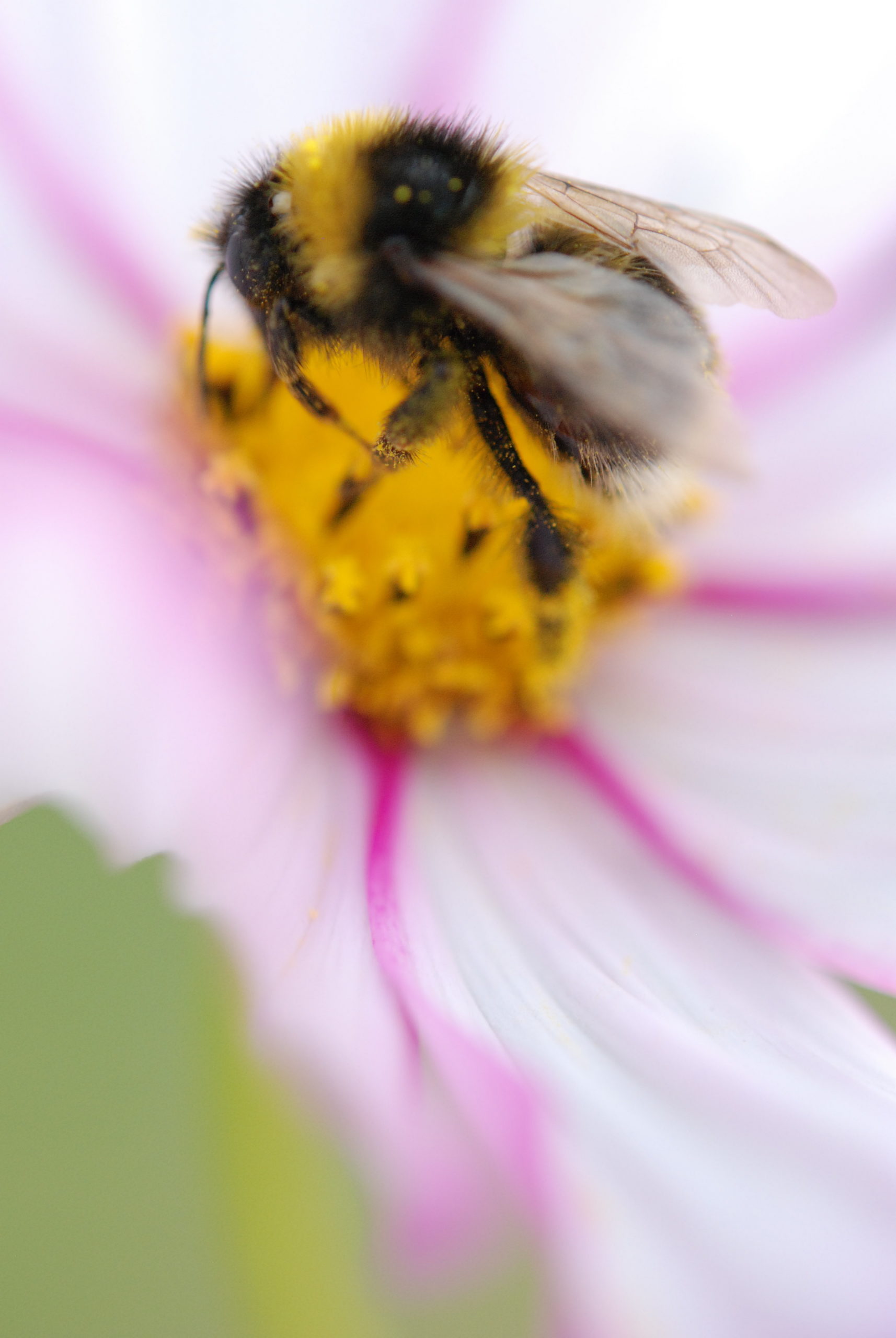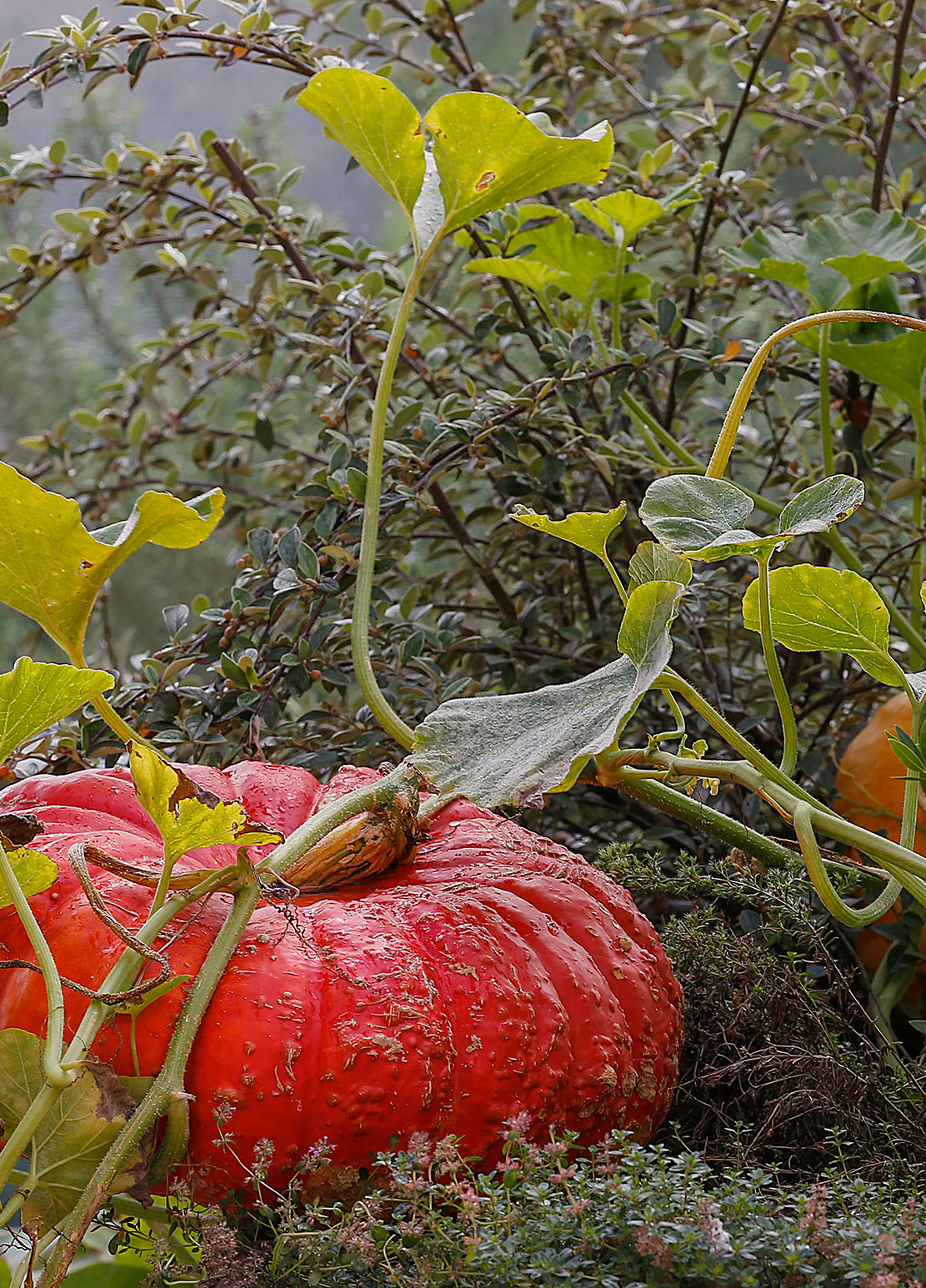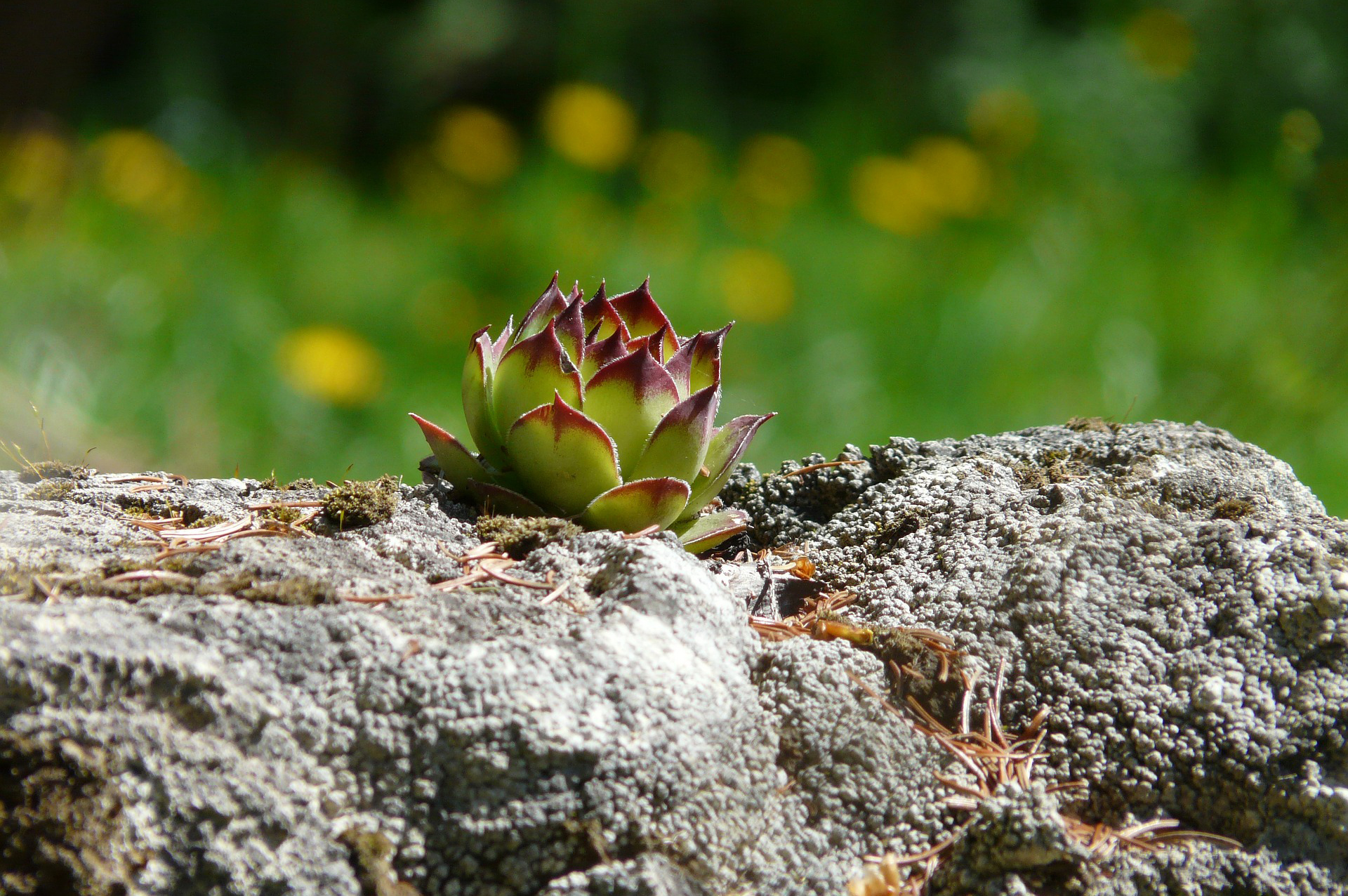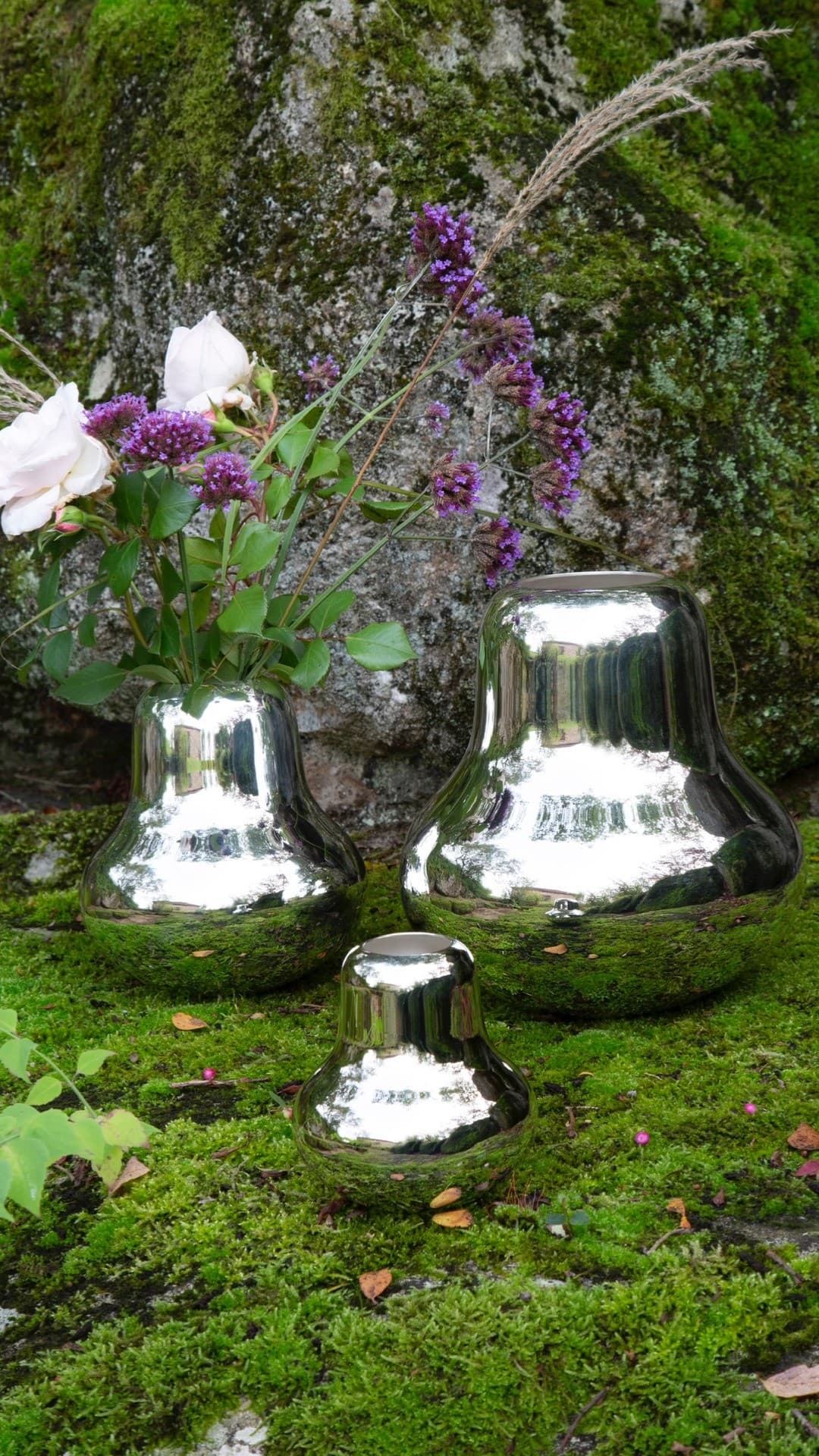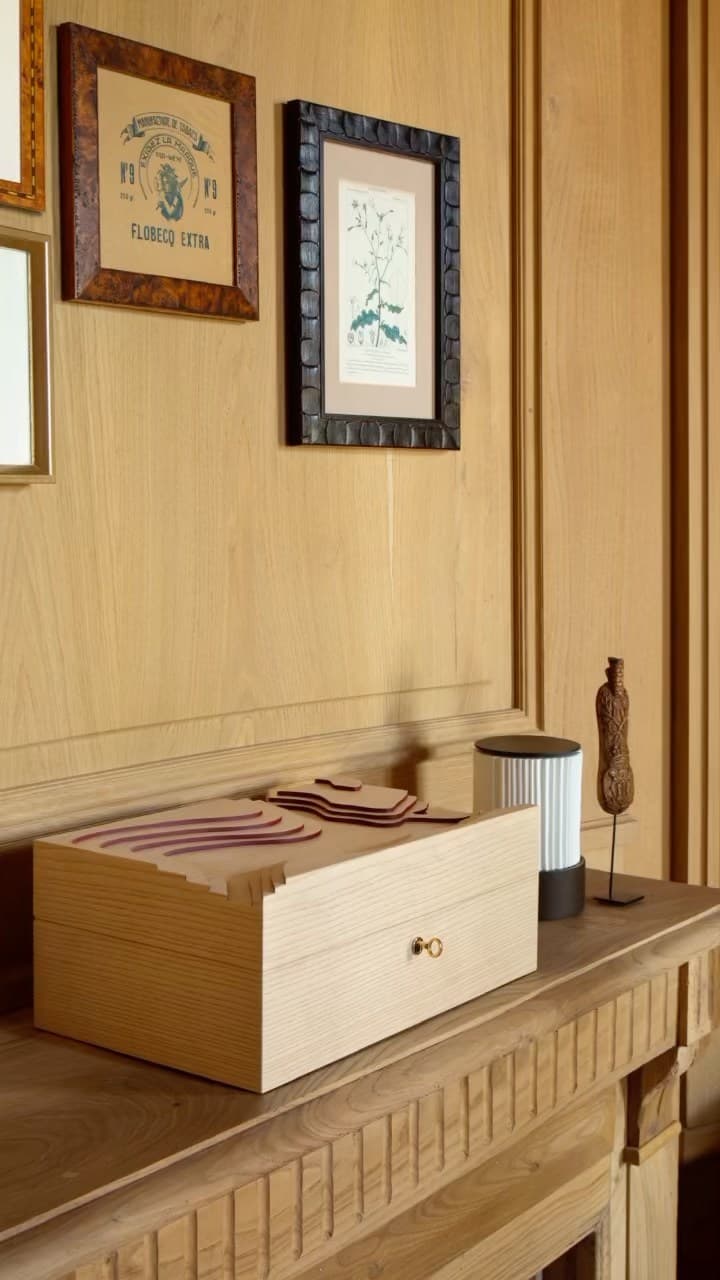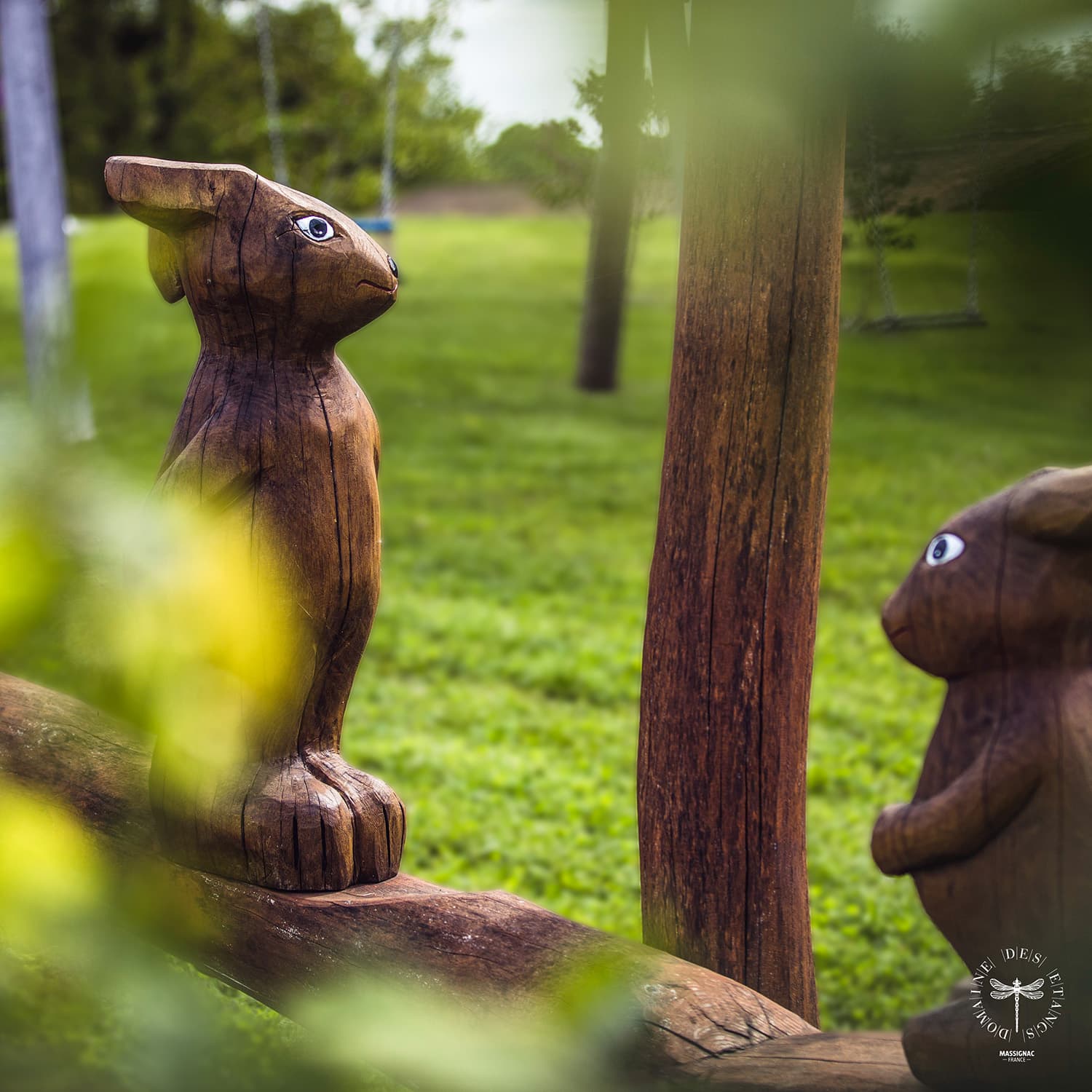In 2011, the French Museum of Natural History, the French Ministry of Agriculture and the French Permanent Assembly of Chambers of Agriculture, created O.A.B, the Observatory of Agricultural Biodiversity.
This project of participatory science that collects data relating to biodiversity on French farmland, aims at indexing and identifying the indicators of soil health. The farmers at the heart of this approach are themselves involved in collecting the data. This in order to recognize the practices favourable to sustainable farming and respectful of the environment.
The Domaine des Etangs, in the region of Charente Limousine, has been involved in these studies since 2019, thanks to the implementation of the four protocols of O.A.B, on its Farmland. The Forest Warden of the Domaine, Jean-François Magnan, performs the observations and passes on the data used to charter the quality of the farmland.
The four protocols are adapted to the species directly linked to the farming and its ecosystems.
The first protocol concerns the study of butterflies, a pollinating insect. Once a fortnight, over three hundred metres of predetermined land, all the species are identified and counted. This tally is performed in the meadows, on the border of woods and on the moors to include a variety species.
The second protocol is implemented on the bean, pea and wheat patches and fields. Planks of wood are placed on the Earth and terrestrial invertebrates are counted. The insects that shelter under these planks, the slugs, snails, ground beetles, wood lice, etc are identified. The role of these invertebrates is to fight against crop pests.
The third protocol consists in counting the worms that transform organic matter into humus and fertilize the soil. The soil is dug twenty to thirty centimetres deep to observe the work and richness of the soil.
The fourth protocol which begins in the spring, consists in counting pollinating insects, such as the solitary bee. In an insect hotel, twenty or so tubes are arranged to welcome the specimens and report their presence which has a positive impact on the flora and the crops.
All these protocols enable to highlight the presence of players involved in the health of the soil and to understand the chain they form by analysing the farming ecosystems.
Rigorously recorded over time, these indicators are relevant after five years and help appraise the quality of a crop. They form a precious tool for the preservation of the environment while advocating sustainable farming practices.
Discover the results of this participatory research, brought to life thanks to the farmers, on the website of the French Museum of Natural History.

